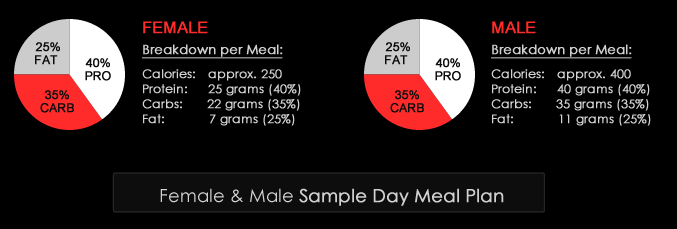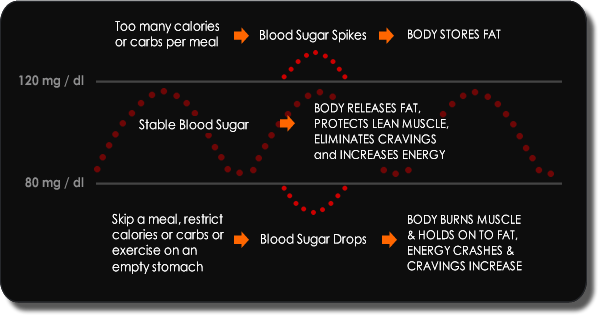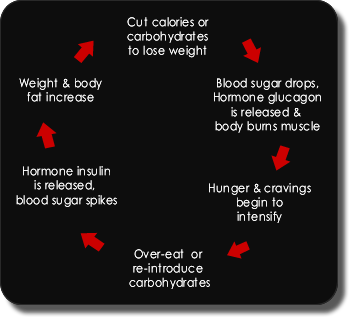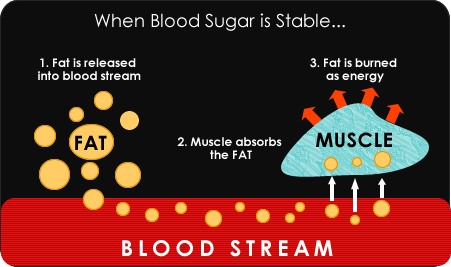
R.I.P.P.E.D. Diet and Nutrition Education Center
Check out our sample breakfast, lunch, dinner and snack/dessert recipes under the diet menu tab.
R.I.P.P.E.D. is about a One Stop Body Shock! During our R.I.P.P.E.D. workout class you’ll complete the first part of R.I.P.P.E.D. – Resistance, Interval, Power, Plyometrics, and Endurance. The last feature of R.I.P.P.E.D. is Diet and Nutrition.
Here you’ll find the R.I.P.P.E.D. Diet & Education Center with guides, tips, and recipes to compliment your R.I.P.P.E.D. experience. Our nutrition plan, created by Mark Macdonald and Venice Nutrition will give you the education, tools and tips you need to fuel your workouts, take your body to the next level and look and feel your best every day.
Educational Tools
Click on the TABS below to explore the many tools to help you meet your fitness goals.
NOTE: content box will either be on the side or below the tabs depending on your device.
- SAMPLE MEAL PLANS
- foods to fuel your workout
- FOOD LIST FOR BALANCE EATING
- CREATE HEALTHY BALANCED MEALS
- POWER OF BLOOD SUGAR STABILIZATION
- HOW TO STABLIZE YOUR BLOOD SUGAR
Now that you understand the Power of Blood Sugar Stabilization, it’s time to learn how to stabilize your blood sugar with nutrition.
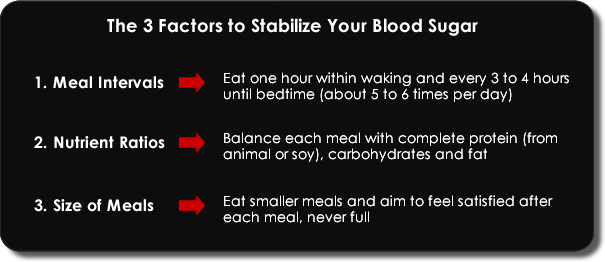
1. Meal Intervals – Eat every 3 to 4 hours
Your body is a “re-fuel as it goes machine” and needs to be fed consistently. The goal is to eat one hour within waking (before exercise if you workout in the morning) to kick-start your metabolism and then every 3 to 4 hours throughout the day until bed time. Your last meal should fall one hour within going to sleep to help prepare your body for fasting (during sleep).
Frequent meals will keep blood sugar levels steady and help to prevent you from overeating and spiking blood sugar or skipping a meal and causing blood sugar to drop too low.
2. Nutrient Ratios – Balance your meals
Each meal should have a balance of PROTEIN (animal or soy protein), with a small amount of healthy FAT and a small amount of CARBOHYDRATES to keep blood sugar levels stable. Having the right balance of protein, carbohydrates and fat in every meal is the only way to balance your blood sugar.
SEE: "CREATE HEALTHY BALANCE MEALS" tab, for a step-by-step guide on creating balanced meals.
3. Meal Size – Eat until satisfied, never full
Your body can only process so much food at once. Eating smaller meals every few hours will keep blood sugar levels steady. Each meal should be roughly the same size (same amount of calories).
You should feel ready to eat before a meal and satisfied afterwards. If you are not hungry for your next meal, you may have eaten too much and should cut down on your portions. If you are hungry before the 3 hour mark, you may have eaten too little and should increase the portion size of the meal. The key is to listen to your body and fuel it accordingly every few hours.
Powered by: Venice Nutrition, LLC

